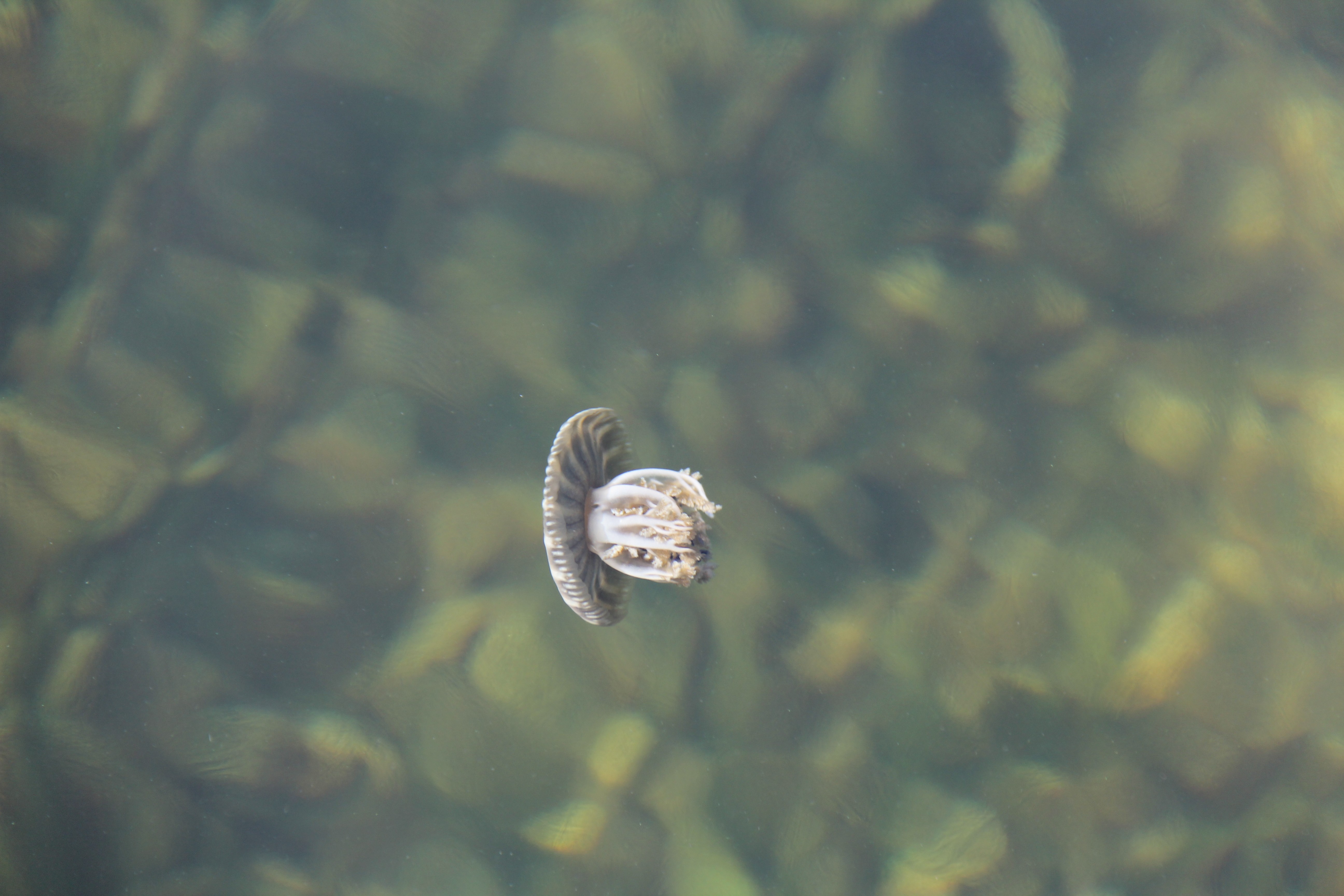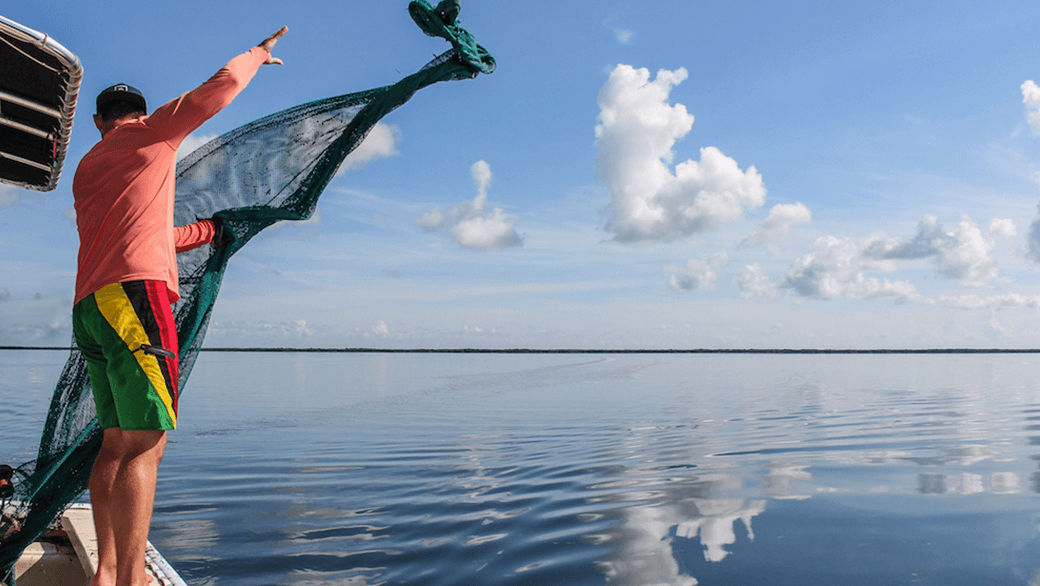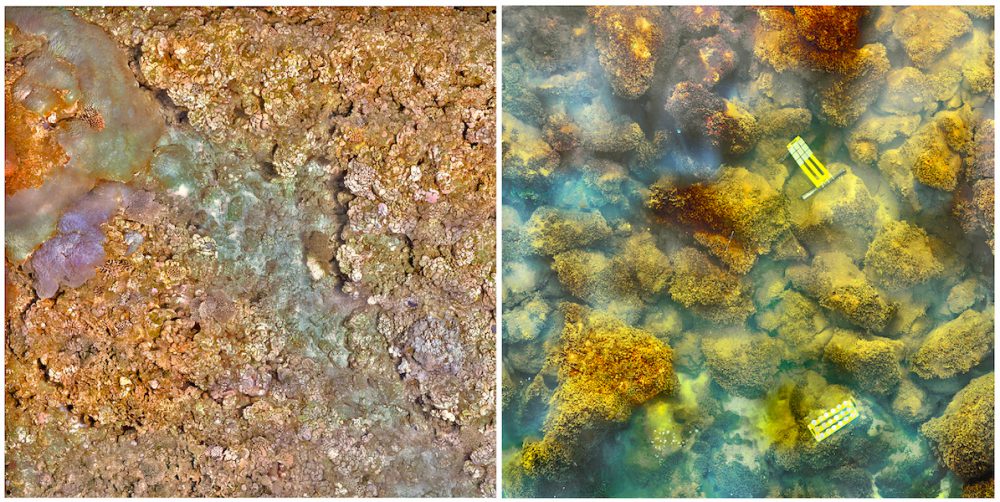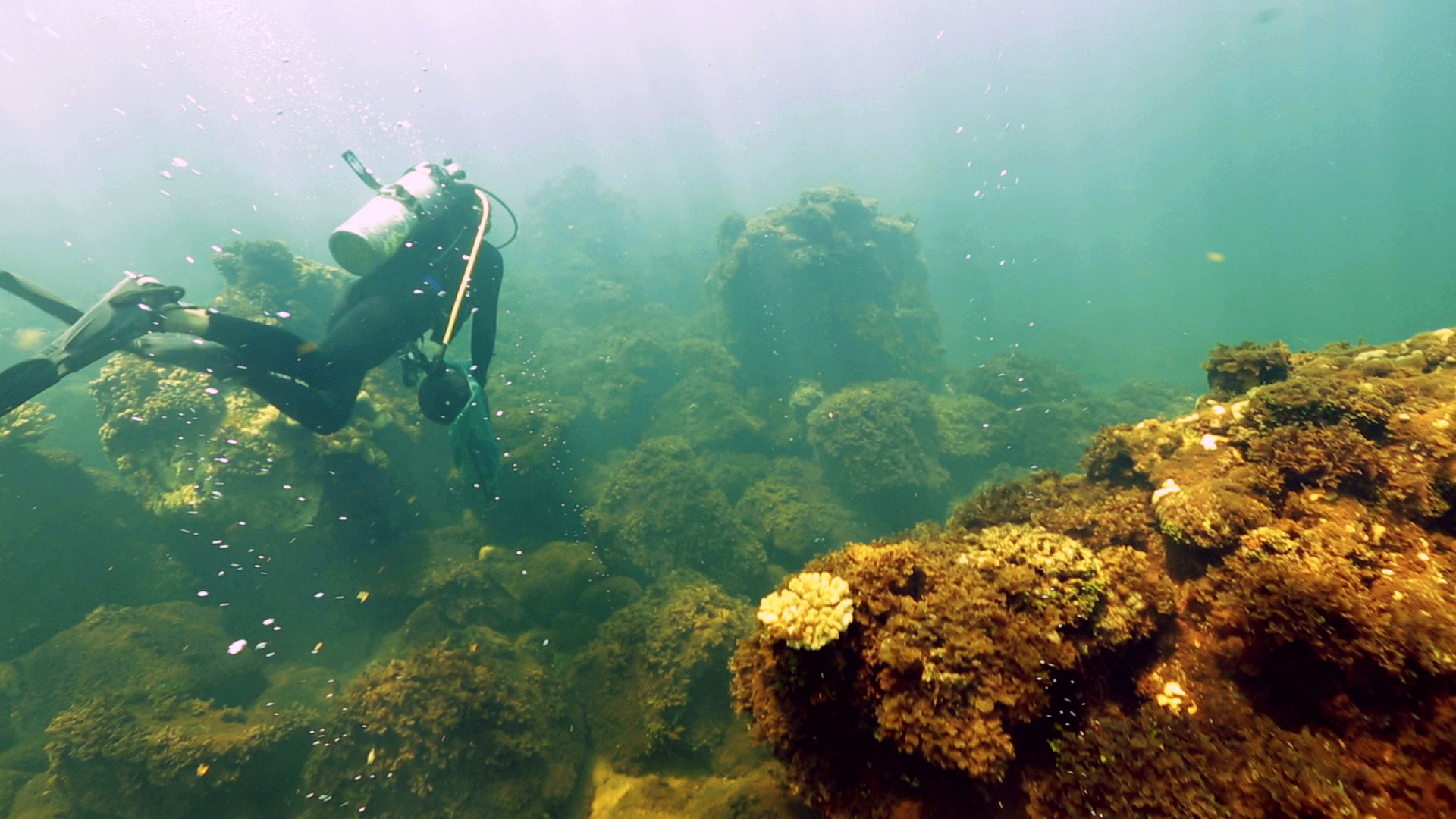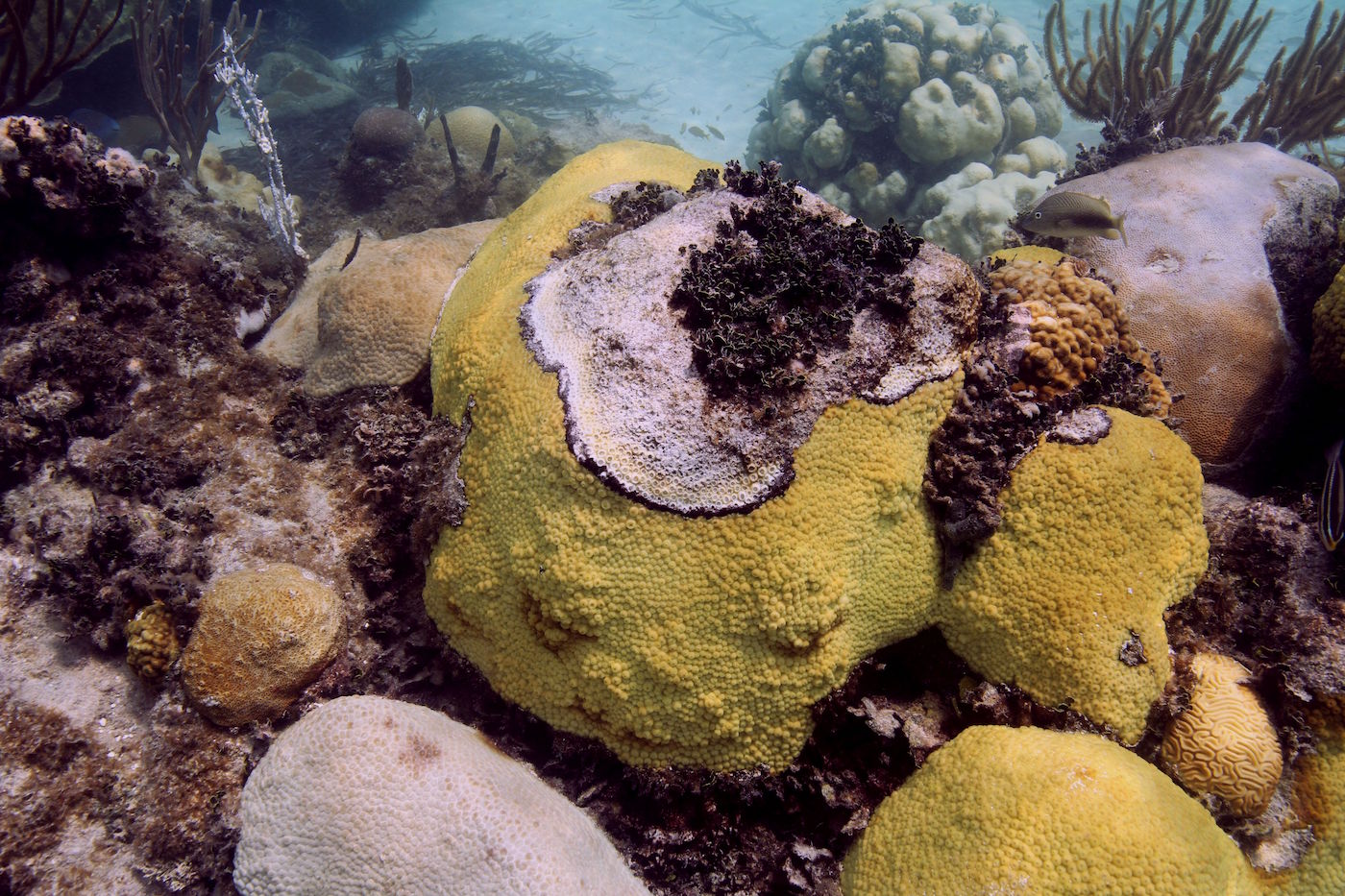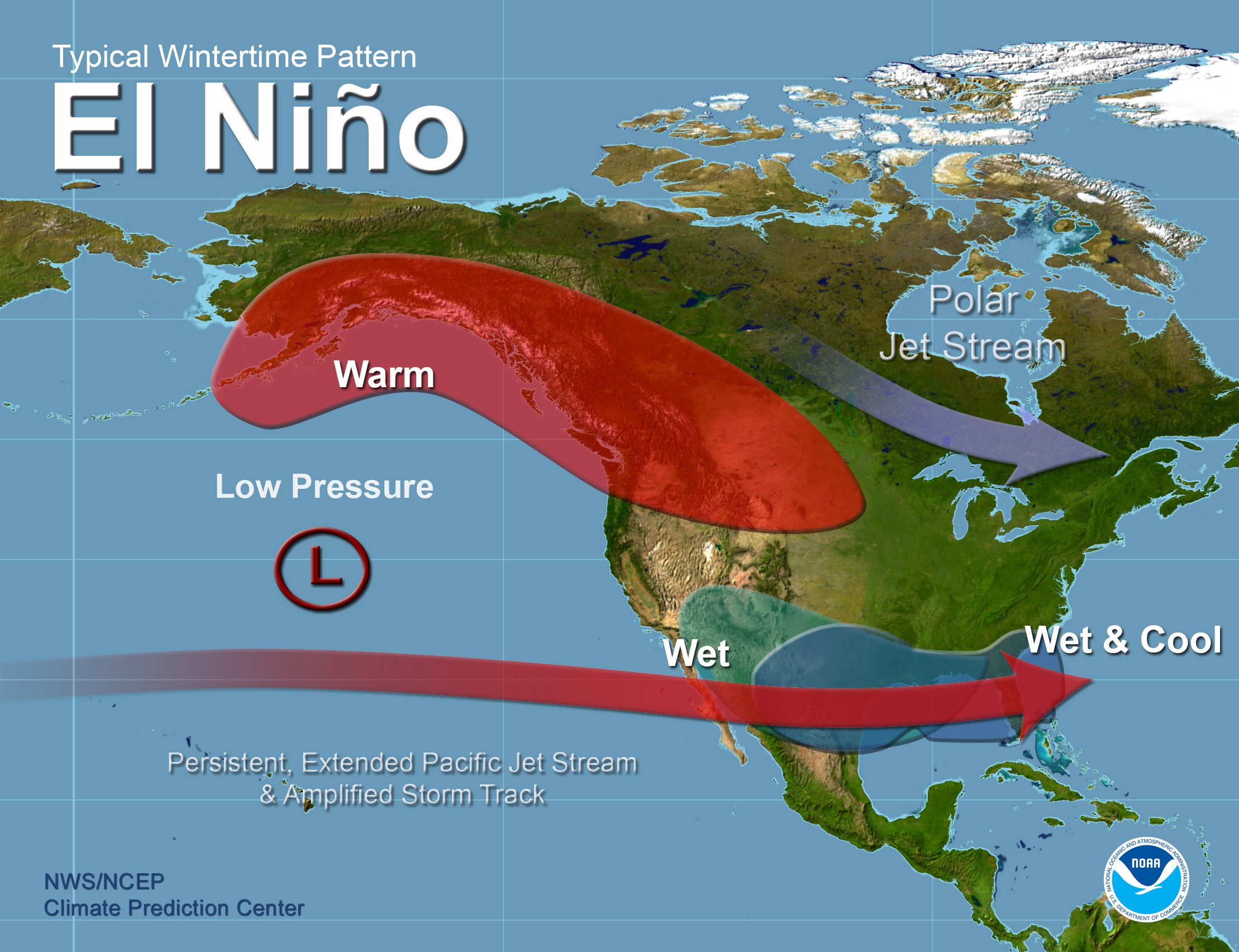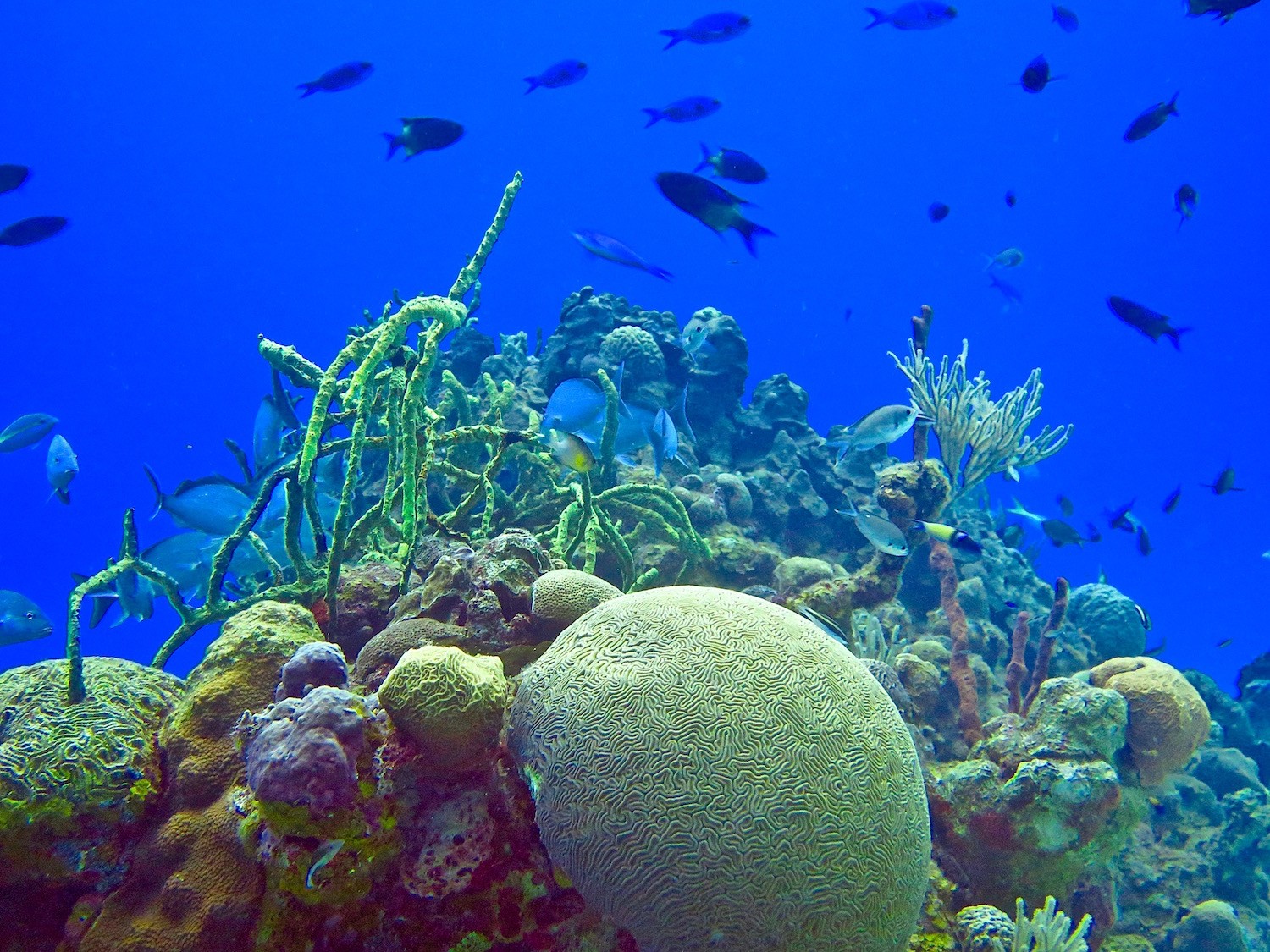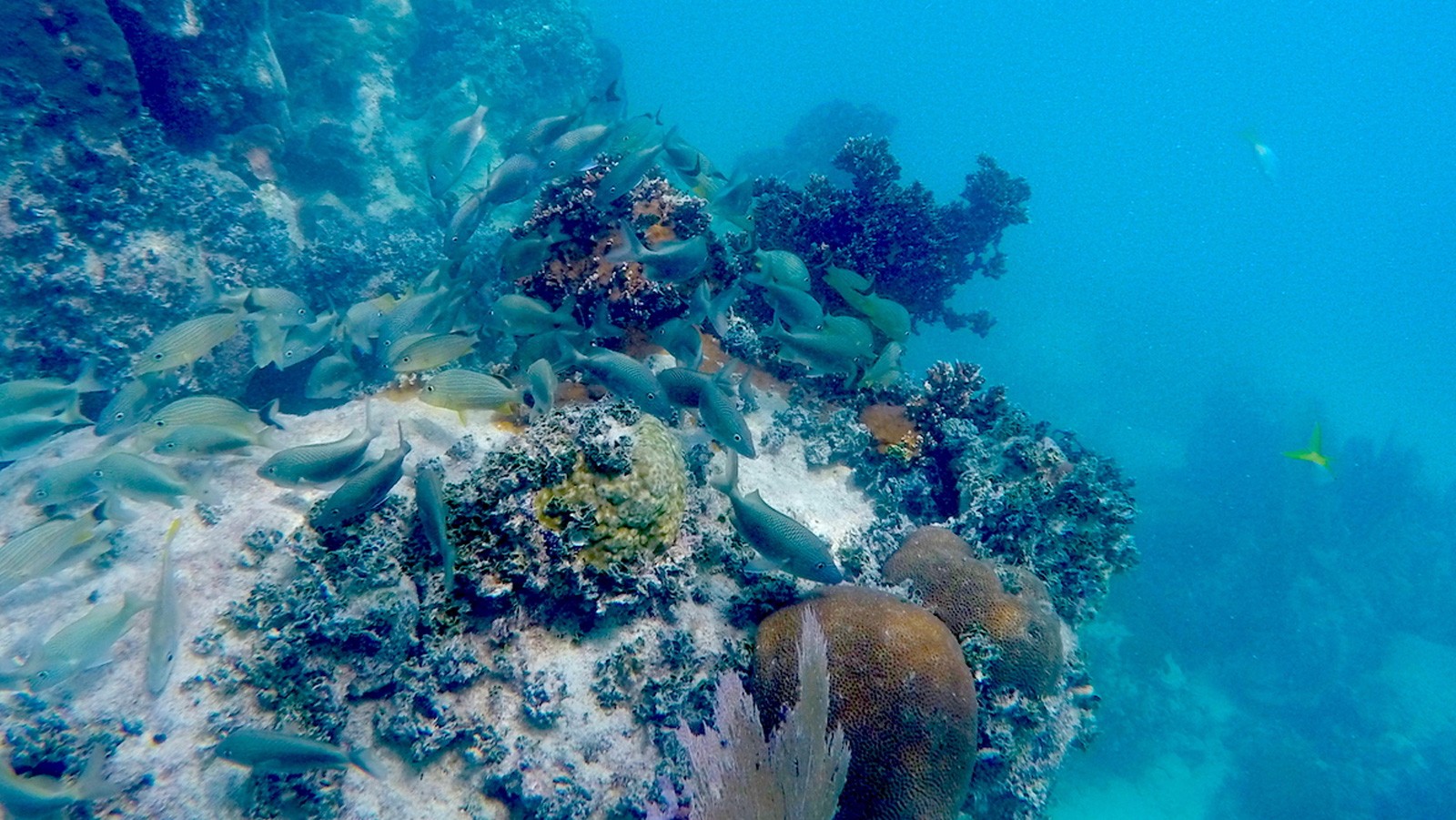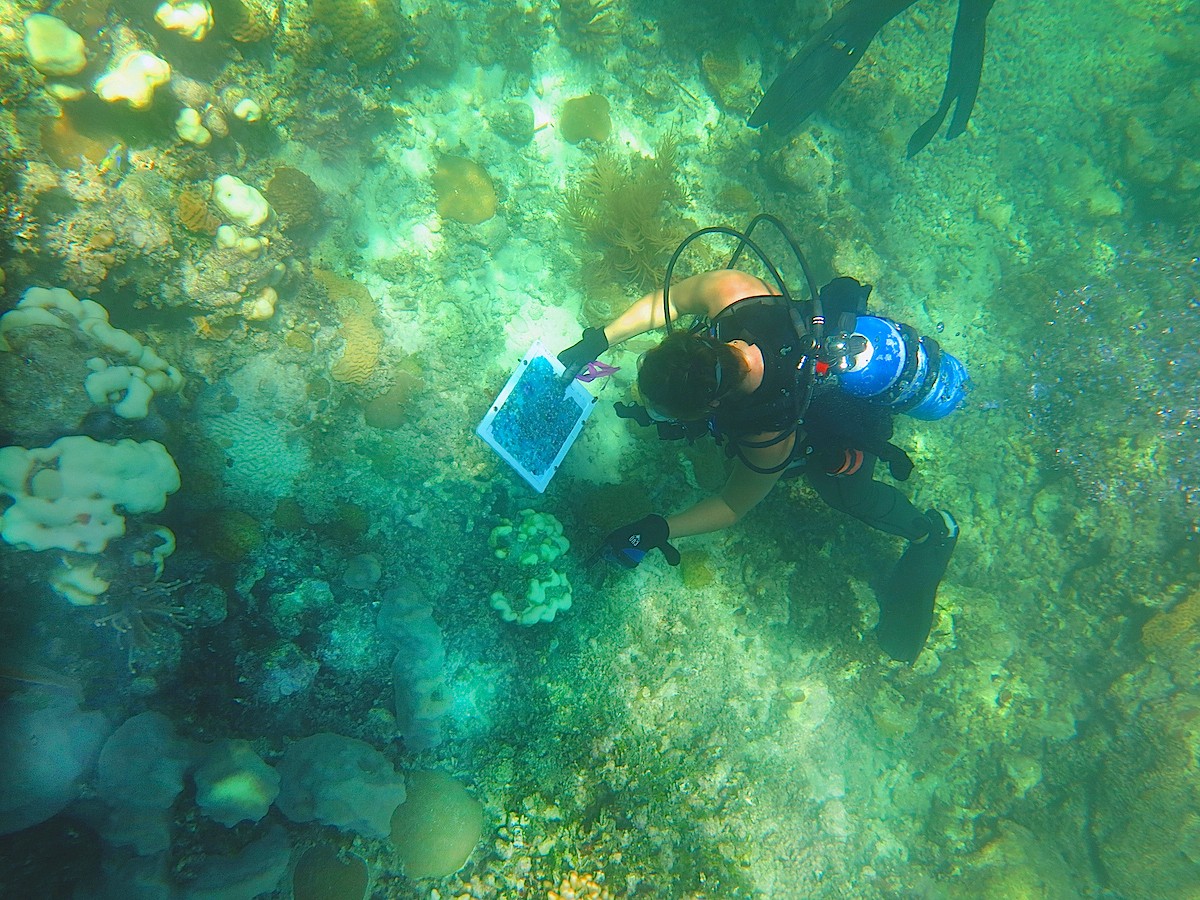Spotting the Seatrout: Juvenile Sportfish Monitoring in the Florida Bay
Photo Essay Adjacent to Everglades National Park, Florida Bay encompasses the shallow waters, mangrove islands, and grassy banks between mainland Florida and the Keys; an area about 1,000 square miles in size. With an average depth of only 3 feet, the bay is home to a number of marine populations as well as a […]
